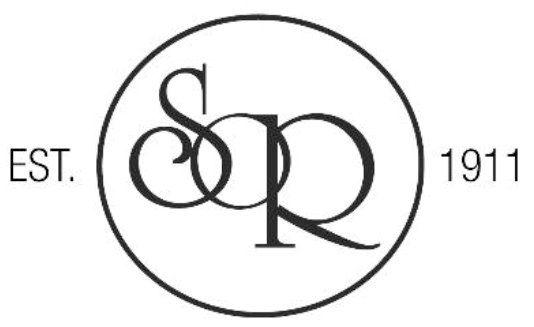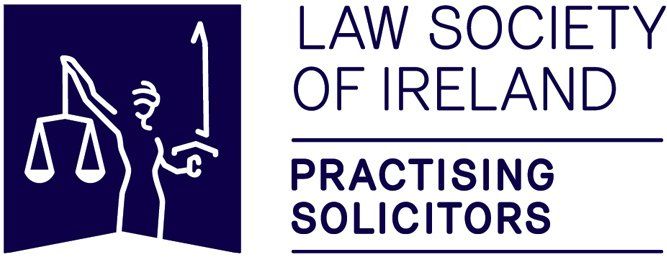A case came before the High Court where a young Spanish national was admitted to hospital when he became unwell in Ireland. . He spent 42 days in St. James’s Hospital (SJH) without his condition being diagnosed, while within four days in a Spanish hospital, it was identified and treated.
The plaintiff submitted that he had two features that should have alerted the staff in SJH that treated him on admission: firstly, the epidemiological association between HIV, VL and Spain, combined with the fact that the plaintiff was HIV positive and was from Spain, and secondly, the plaintiff’s “massive splenomegaly” or enlarged spleen.
While in SJH, the plaintiff was diagnosed with hemophagocytic lympho-histiocytosis (HLH) triggered by herpes virus type 8 (HHV-8) in the context of HIV.
The plaintiff alleged that none of the consultants who managed, investigated, and cared for the plaintiff during his admission considered the possibility of visceral leishmaniasis (VL) during his ensuing 42-day admission to SJH, a condition which is fatal if left untreated in 95 per cent of cases.
After 42 days in SJH, he was transferred to a Spanish hospital, where he was correctly diagnosed with his condition in four days.
He sued SJH for damages for their failure to diagnose visceral leishmaniasis (VL).
The issue before the High Court was to decide whether SJH should have diagnosed VL within four days of the plaintiff’s admission to the hospital’s care, and if so
what would have followed in terms of treatment and recovery.
Ms Justice Egan of the High Court considered the authorities, namely, Dunne v. National Maternity Hospital [1989] IR 91 and Morrissey v. HSE [2020] IESC 6 requiring the court to assess ‘whether no reasonable professional of the type concerned could have carried out their task in the manner which occurred in the case in question. That overall test requires a court to determine what standard a reasonable professional would apply.”
The court then examined what proper professional standard should have been applied, and noted “No clinician can be expected to be in touch with every single piece of literature and every publication or Guideline. Rather, they would be expected to follow those most relevant to their own practice.”
The judge was satisfied that although clinicians treating HIV patients may know of potential associations with dozens of opportunistic infections, the standard approach requires the application of discrimination to the task of diagnosis and the keeping of diagnoses under review, “they are not compelled, at least at an early stage of management, to explore each and every potentially viable diagnosis that might conceivably apply.”
The judge was not satisfied that SJH had looked beyond a reasonable diagnosis of HLH to interpret the plaintiff’s enlarged spleen as strongly indicative of VL.
On the balance of the evidence before the court of the early treatment of the plaintiff while in SJH’s care, that in the period between 10 March 2014 to 14 March 2014, a considerable suspicion of VL ought to have arisen leading to the commencement of empirical AmBisome, which was not commenced until over three weeks later on 4 April 2014, and that negligence arose in this regard.
Therefore, the High Court found as to causation, that if the plaintiff had been commenced on AmBisome during the week of 10 March 2014, his improvement within a week and substantial recovery within two weeks could reasonably have been anticipated, sparing him from three weeks of hospital admission with painful and debilitating symptoms and “anxiety, distress and worry as to his health”.
Causation having been established and the expected standard of care being breached, the High Court awarded the plaintiff €26,000 in general damages. No claim had been made for future pain and suffering.
AMS v Birthistle [2025] IEHC 331.

